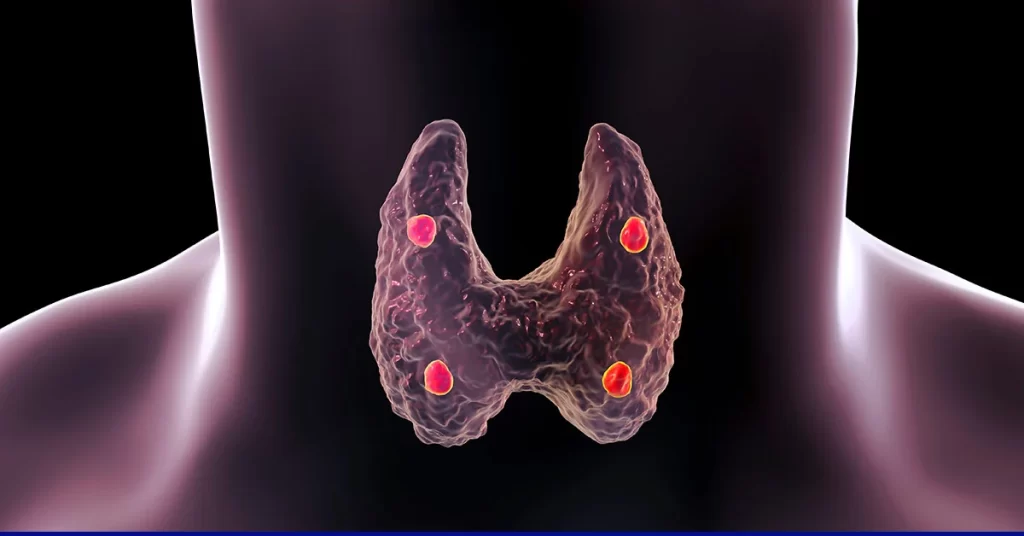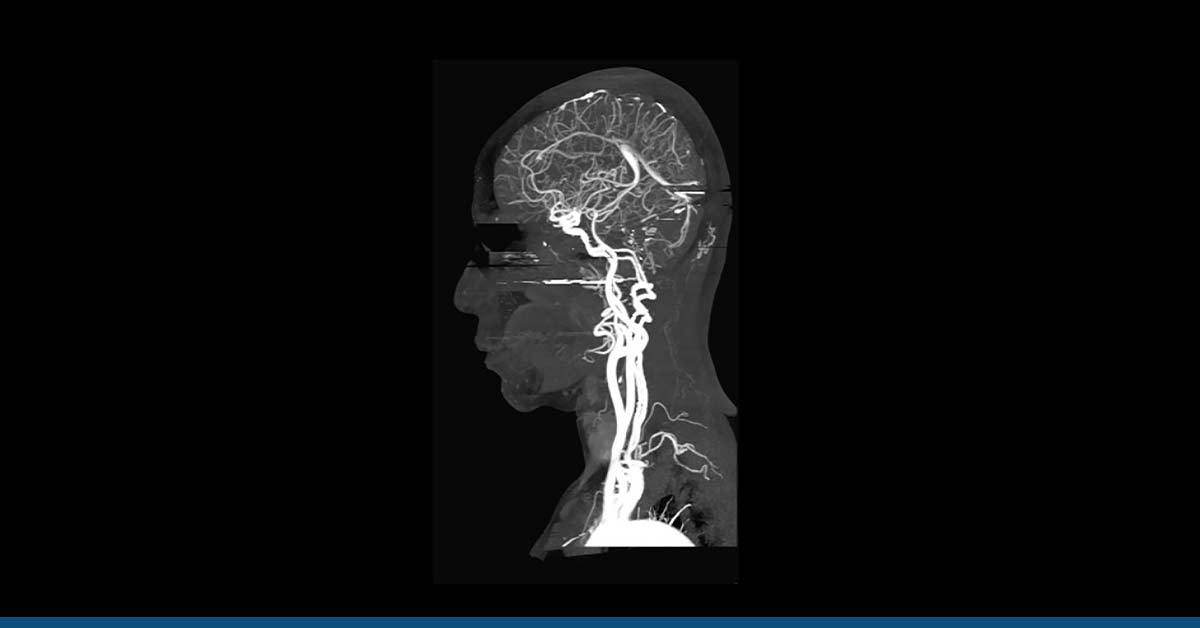Calcium is essential to the health of your bones, muscles, and brain. However, too little calcium in your body can cause bone diseases, osteoporosis, and even strokes. Similarly, too much calcium in your blood can cause you to feel sick and have a stroke. While blood calcium levels should be kept under control, elevated levels may indicate a diseased parathyroid gland.
Table of Contents
ToggleWhat are the Signs and Symptoms of Parathyroid Disease?
Here are the signs and symptoms of parathyroid disease.
Hyperparathyroidism
Primary hyperparathyroidism has an annual outpatient incidence rate of around 25 per 100,000 in Western countries.
Patients with primary hyperparathyroidism also have a high incidence of cardiac calcium deposits in the myocardium and left ventricular hypertrophy. While hyperparathyroidism does not usually cause cancer, it is associated with a higher risk of cardiovascular disease and even stroke. In many cases, treatment can prevent the development of these complications. The treatment is generally simple, and a simple outpatient procedure can significantly improve your quality of life.
Secondary hyperparathyroidism is most common in people with chronic kidney disease (CKD). Almost everyone who has undergone long-term dialysis has this disorder, as it can result in a low calcium level in the blood. In addition, many of these patients have vitamin D deficiency, which can lead to long-term low calcium levels and rickets.
The symptoms of hyperparathyroidism are often absent in the early stages of the disease. If the disease is caught early, symptoms may be mild or non-existent. However, they will vary from person to person, and may not be immediately apparent. The symptoms of parathyroid diseases may also be confusing, so it is important to seek medical attention. If you suspect that you might have this condition, your doctor will likely recommend a blood test.
If your calcium level is consistently elevated, your doctor will probably order a bone x-ray to check for bone mineral density. The doctor may also perform a serum calcium scan of your neck to determine if you have a parathyroid tumor. In mild cases, treatment involves regular checkups with your physician. However, if your levels are very high, you might require surgery to remove the parathyroid gland.
There are a number of different treatments for hyperparathyroidism. These treatments are administered depending on the cause of the condition. Vitamin D replacement is a common treatment, but in more advanced cases, surgery may be necessary. The disease can cause a number of complications, including osteoporosis, decreased kidney function, and even ulcers. The sooner you get treatment, the better your chances of recovery.
Symptoms
Patients who have been suffering from the parathyroid disease can experience a wide variety of symptoms. The symptoms of the parathyroid disease range from low energy to loss of appetite to various body aches and pains. They may experience a reduced sense of well-being or even develop cancer in certain parts of their body, but that’s very rare. Undiagnosed parathyroid disease can be a slow, unrelenting process, gradually degrading the quality of a patient’s life.
An abnormal parathyroid gland may produce more PTH than necessary, causing your body to absorb more calcium than is needed. The buildup of calcium in the bloodstream can lead to a wide range of health problems, ranging from osteoporosis and kidney stones to cardiac arrhythmias. The symptoms of parathyroid disease can be mild or severe, but you need to see a doctor if you have any of them.
Patients with severe parathyroid disease may benefit from surgery. Symptomatic parathyroid disease may be difficult to measure systematically, especially among patients with kidney stones. Parathyroid surgery can be an ideal option for many patients, and the NIH has established criteria for severity. For patients who do not meet the NIH criteria, their condition is referred to as mild parathyroid disease. The same goes for patients with mild parathyroid disease. If you have any of the symptoms of thyroid disease, visit a doctor as soon as possible. Getting proper medical treatment is the first step to a better quality of life. If left untreated, on the other hand, primary hyperparathyroidism can lead to significant bone loss and kidney calcification, but the condition may take several years before symptoms appear.
Diagnosis
A parathyroid tumor is often the primary source of hyperparathyroidism, a disorder of the parathyroid glands. This condition leads to elevated serum calcium. Blood tests can detect this problem, and calcium in the urine can confirm a diagnosis. Urine calcium tests are not done very often, only undertaken when serum calcium is slightly out of normal range. However, if these levels are elevated, parathyroid disease is likely to be the cause.
About 100,000 Americans are diagnosed with primary hyperparathyroidism each year, according to some estimates. Additional tests may also be ordered to determine the severity of the condition. Bone densitometry, an ultrasound scan of the kidneys, and a blood test for 25-hydroxyvitamin D may be requested. Surgery is the most common treatment for parathyroid disease, and is successful in most cases. A doctor removes the parathyroid glands if they are overactive. This surgery can be minimally invasive or standard neck exploration.
Imaging tests are often negative in patients with parathyroid disease, but this is not always the case. In fact, up to 30% of patients with parathyroid disease have unyielding imaging tests. This is because parathyroid glands may be so abnormal on MRIs, CT scans, and nuclear medicine studies. A bedside ultrasound, nuclear medicine test, or frozen section will help confirm the diagnosis and identify the proper surgical approach.
In most people, there are four parathyroid glands located behind the thyroid gland. These glands are small enough that they cannot be felt. They lie behind the thyroid gland in the upper and lower part of the neck. In some people, one or more of these glands may be missing, which results in an alternate placement. The remaining glands will continue to function normally. They may be firm or different in color.
In addition to these tests, a physician may also use an intact PTH assay to confirm a diagnosis of parathyroid disease. Although this test does not require a urine sample, it is more sensitive than the C-terminal or N-terminal tests. The intact PTH assay is not available from reference laboratories. However, a patient with parathyroid disease should consult their doctor as soon as possible.
Treatment
One endocrinologist recently called me to discuss a patient with recurrent primary hyperparathyroidism. In the first operation, a large parathyroid tumor was removed, but the surgeons left a chunk of the tumor behind. The second and third parathyroid operations, while aimed at identifying the cause of the disease, failed to find the tumor remnant. Although the surgeons thought they could see it on ultrasound, the patient was miserable and exhausted.
The primary form of hyperparathyroidism occurs in individuals who do not exhibit any symptoms. It affects 1% of the adult population, is more prevalent in women than in men, and has an onset between the fourth and fifth decades of life. It can occur in young children, as well. In asymptomatic patients, treatment is generally based on careful follow-up, which includes serum calcium and creatinine testing every 6 months and annual dual-energy x-ray absorptiometry.
There are two main types of parathyroid adenomas: primary hyperparathyroidism and secondary hyperparathyroidism. Primary hyperparathyroidism is the most common form of parathyroid disease and is associated with bone loss during menopause. Hypercalcemia in women is often detected through routine blood tests, and a diagnosis of parathyroid disease is made when calcium and intact PTH levels are elevated. The two most important tests for localizing parathyroid adenomas are ultrasound and the parathyroid sestamibi scan. The sensitivity of this test depends on the operator.
There are two other ways to eliminate the overactive glands. One method involves surgery, and the other is through natural remedies or medication. The first method is minimally invasive and requires general anesthesia, and is thought to be safer than open surgery. In addition, patients recover faster and experience less pain. It also requires less scarring and less recovery time. While either method of parathyroidectomy is a viable choice, it should be kept in mind that no surgery is guaranteed to eliminate the problem.
One of the most successful surgical options for primary hyperparathyroidism is surgical excision. However, preoperative localization is difficult and may require multiple surgical procedures. The adenomas may occur anywhere in the neck or in the mediastinum, and in many cases are larger than the normal gland. In addition, up to 8-33% of patients suffer from multigland parathyroidism. Repeat surgical exploration is not as effective, and it involves additional complications and costs.
The Bottom Line
Understanding the signs and symptoms of parathyroid disease is crucial for ensuring a healthy lifestyle. Parathyroid disease is a serious condition that must be diagnosed and treated as early as possible. If left untreated, the condition can worsen over time, causing organ damage.
The treatment of parathyroid disease depends on the underlying cause and the severity of the condition. HG Analytics is a unique platform helping individuals address their health issues through data-driven healthcare management. Our mission is to turn your data into better healthcare solutions with our prevention, prediction, and screening tools.
If you or a loved one is showing possible signs and symptoms of parathyroid disease, you should schedule an appointment as soon as possible with HG Analytics. And with proper treatment, you’ll soon see significant improvements. So, get started today!





